A previous TechCom article introduced the Content Solution Equation and the primary variables:
SOLUTION = Content Types + Authoring Tools + Repository + Roles + Processes + People + Governance
Over the years, content development has become increasingly complex with a variety of specialized tools and processes. As content complexity and quantity increases – and as your team grows in size, and your influence with subject matter experts increases – being able to prescribe best methods to all becomes increasingly important.
Many do not like the word “govern”, due to its stodgy if not scary connotations. However, as related to this discussion, it simply is: to prescribe the content solution equation variables, as used in your environment. The idea is that – once you’ve tuned all these variables for optimum efficiency and cost, then “write it down” – create a specification to share with all participants, to set expectations with all participants. Think of it similarly to how a society works: Laws define the expectations; citizens conform to those expectations; the police force monitors to ensure conformance to the laws.
All too often within companies, the publishing portals that make content available to the consumers may have rigid definitions for the content types / document names that are acceptable to publish. However, the authors (often technical engineers who are unfamiliar with the publishing phase) are not aware of those content types / document names. So they create whatever they want, only to discover later that they cannot publish!
The successful larger content development teams that perform to a high level and endure over many years – in almost every case – have some form of governance specifications in place, and also ensure that they well maintained. Of course, the manager of such a team likely has some method to ensure usage; perhaps a mandate from the company’s senior management.
As the SME and TW teams work together over time in such a governed environment, optimum ROI is realized and product development cycle times are often reduced. When SMEs can spend less time on content and more time on engineering by delegating their content tasks to TWs, quality content is often developed sooner, with less time impact on all participants.
PTIGlobal consultants have years of experience with human-readable content and optimizing the toolchains required for content development, revision control, archival, and publishing. This is true for content localization, technical documentation, and marketing documentation.
If you are considering improvements to your governing methods for content planning, development, reposit, reuse, localization, and publish goals, contact us!









